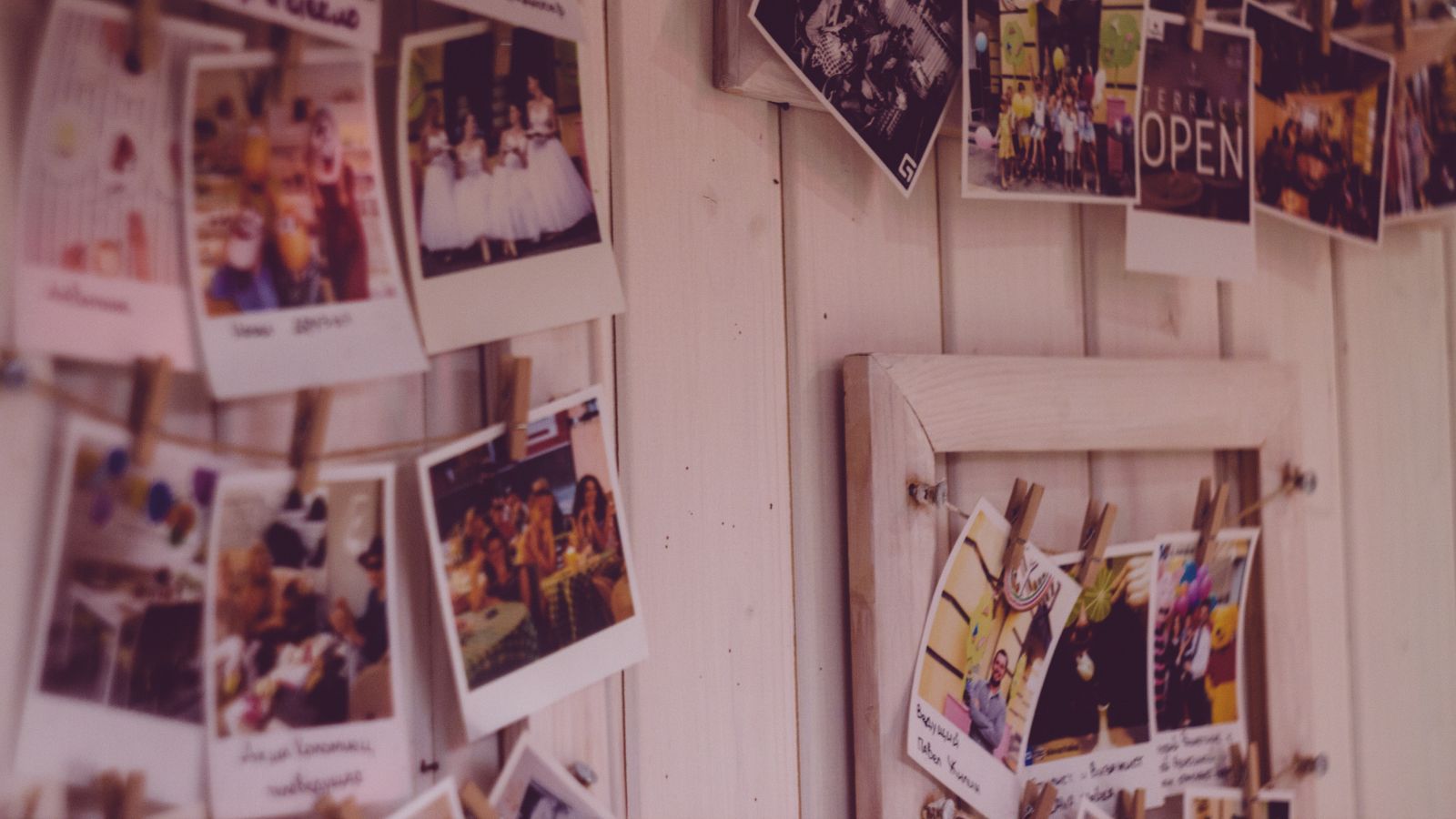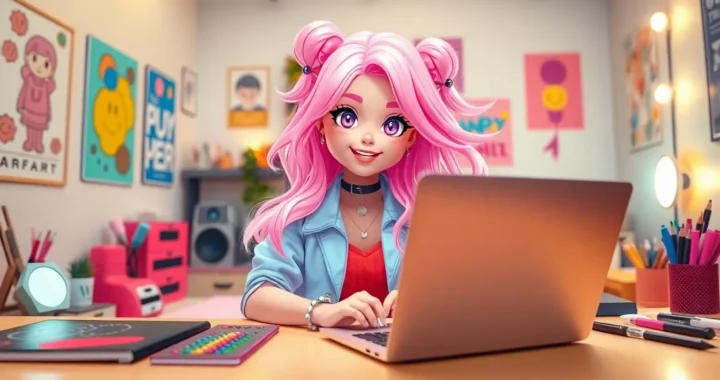Themed Gallery Walls: Telling Your Story Through Art And Photos

Empty walls often leave homes feeling incomplete and impersonal. Many homeowners struggle to find decor that genuinely reflects their experiences and personality. Creating gallery walls offers a solution that goes beyond mere decoration—it’s an opportunity to showcase personal photos, travel memories, and meaningful artwork in a way that tells a unique story. These curated displays can capture the essence of who someone is, where they’ve been, and what they value most.
Creating Your Gallery Wall Narrative
The most compelling gallery walls don’t just look pretty—they tell a story. Visitors often linger in front of well-designed gallery walls, asking questions about each image as they follow the visual journey created by the homeowner.
Identifying Your Core Theme
Before selecting frames or arranging photos, homeowners should consider what story they want to tell. Perhaps it’s documenting a family’s growth over time, showcasing travel adventures, or simply displaying colors and textures that bring joy. One homeowner created a stunning gallery around her grandmother’s recipes—framing handwritten recipe cards alongside photos of family gatherings where those dishes were served.
The theme should feel authentic to the individual. Brainstorming ideas that resonate with personal history or current passions helps create a meaningful display. What matters most isn’t what’s trendy, but what feels significant to the person creating the gallery.
Selecting A Color Palette
Color choices help unify a gallery and set its emotional tone. For a cohesive look, designers recommend choosing 3-5 complementary colors that appear throughout the display. This doesn’t mean everything must match perfectly—variations add depth and interest.
A beach vacation gallery might incorporate blues, sandy neutrals, and white frames, which tie together photos from different trips and locations. The consistent palette makes the collection feel intentional rather than random.
Mapping Your Story Arc
Homeowners should consider how viewers will interact with their gallery. Should it follow a chronological path? Group by subject? Create visual “chapters”?
One music enthusiast arranged concert photos starting with his first show as a teenager and ending with recent performances, creating a timeline of his musical journey. Visitors naturally follow the arrangement from left to right, seeing his musical tastes evolve over time.
Design Principles For Themed Displays
Creating a gallery that tells a personal story while still looking polished requires balancing meaning with visual appeal. A few design principles can make all the difference between a haphazard collection and a stunning display.
Creating Visual Flow
Eyes should move naturally across the display. Designers create this flow by:
– Placing larger pieces as anchors
– Using smaller items to bridge between statement pieces
– Incorporating directional elements (like a photo where someone is looking toward another image)
When arranging a home office gallery, placing a large landscape photo in the center with smaller pieces around it, gradually decreasing in size toward the edges, creates a natural focal point that draws people in.
Spacing And Proportion Guidelines
Consistent spacing helps a gallery look intentional. Most designers typically keep 2-3 inches between frames for a cohesive collection feel. For a more eclectic look, spacing might vary, but maintaining some consistency prevents a chaotic appearance.
As for proportion, a good rule of thumb is to have the gallery occupy about two-thirds of the available wall space. This creates impact without overwhelming the room. A living room gallery might span about 5 feet above a sofa, leaving appropriate breathing room around the edges.
Mixing Media Types
Limiting a gallery to just photos or just art can miss opportunities for visual interest. Successful galleries often include:
– Framed photographs
– Art prints or paintings
– Small objects (like a pressed flower from a special location)
– Text elements (quotes, tickets, postcards)
The texture and dimension created by mixing media types adds depth. A hallway gallery might incorporate a child’s small watercolor painting alongside family photos and a framed map of a hometown, creating a multi-layered story of where the family comes from.
Popular Theme Concepts
While each gallery should reflect a personal story, certain themes have proven particularly successful for telling cohesive visual narratives. These approaches consistently create meaningful displays.
Travel Adventures
Travel galleries capture the places that have shaped someone. Beyond just vacation snapshots, these might include:
– Maps with routes marked
– Ticket stubs or transit passes
– Local artwork purchased during trips
– Photos that capture small details, not just landmarks
One traveler’s gallery cleverly groups photos by continent, with small wooden tags identifying each location. Visitors can follow her adventures around the world, seeing how each place influenced her perspective.
Family Timeline
Family galleries document shared history and growth. These walls often become the heart of a home, sparking conversations and preserving memories.
Effective organization methods include:
– Grouping by generations (great-grandparents to newest additions)
– Displaying yearly family photos showing children growing
– Highlighting milestone events like weddings, graduations, new homes
Some families refresh their gallery each year, adding new school photos while moving older ones to photo albums. This keeps the display current while maintaining the family story.
Seasonal Celebrations
Seasonal galleries capture traditions and celebrations throughout the year. This approach works wonderfully for:
– Holiday gatherings over the years
– Summer vacation traditions
– Birthday celebrations
– Annual events a family attends
One family dedicates a wall to their Christmas morning photos, arranged chronologically. Visitors can see how their traditions evolved while the essence remained the same.
Personal Milestones
Milestone galleries celebrate achievements and life transitions. These might include:
– Educational accomplishments
– Career highlights
– Sports achievements
– Personal challenges overcome
A cancer survivor created an inspiring gallery documenting her journey, from diagnosis through treatment to recovery, paired with inspirational quotes that helped her through. It serves as both a personal reminder of her strength and an encouragement to others.
Practical Assembly Tips
Having a beautiful vision is one thing—bringing it to life without damaging walls or becoming frustrated is another. Experienced decorators share these practical tips.
Layout Planning Tools
Before putting holes in the wall:
– Arrange frames on the floor first to experiment with layouts
– Use kraft paper templates cut to the size of each frame, taped to the wall to visualize placement
– Try gallery wall planning apps that allow uploading photos of the space and items
Many homeowners take photos of all their frames, print them to scale, and move the paper cutouts around on the wall until finding the perfect arrangement. This saves countless nail holes and frustration.
Damage-Free Hanging Methods
Especially important for renters or those who like to change displays frequently:
– Command strips and hooks rated for specific frame weights
– Picture hanging strips with velcro components
– Museum putty for lightweight frames
– Adhesive picture hanging strips
Renters have created entire gallery walls using damage-free hanging methods, leaving no marks when moving out years later.
Arrangement Templates
Common gallery arrangements that reliably look good include:
– Grid pattern (formal, organized)
– Salon style (organic, varying sizes)
– Center-focused (largest piece centered, others around it)
– Linear (single or double row, even spacing)
Formal dining rooms often benefit from symmetrical grids of same-sized frames for a clean, traditional look. More casual family rooms might feature salon-style arrangements that feel appropriately relaxed and eclectic.
Modern Solutions With Mixtiles
Removable photo tiles have changed how many people approach gallery walls, especially in temporary spaces or for seasonal displays. These modern options solve many traditional gallery wall challenges.
Customization Options
Today’s photo tiles offer impressive customization:
– Various frame styles and colors
– Different finishes (matte, glossy, textured)
– Custom sizes to fit specific spaces
– Special effects like black and white or vintage filters
Photo tiles work well for creating special displays like birthday surprises, with the ability to preview the entire gallery digitally before ordering providing confidence in the final result.
Easy Installation Process
The simplicity of modern photo tiles makes gallery creation accessible to everyone:
– Peel-and-stick backing eliminates tools
– Lightweight design is safe for all wall types
– Quick application takes minutes, not hours
– No measuring or leveling required
College students have created dorm-friendly galleries of family photos in under 30 minutes—no damage to walls and no tools needed, perfect for dorm regulations.
Rearrangement Flexibility
Perhaps the best feature of modern photo tiles is flexibility:
– Remove and reposition without wall damage
– Add new tiles as collections grow
– Rearrange seasonally or when wanting a fresh look
– Take them along when moving
Homeowners have changed kitchen galleries multiple times in a single year, swapping seasonal photos and trying different arrangements. This flexibility keeps spaces feeling fresh without the commitment of traditional framing.
Future-Proofing Your Gallery
A truly successful gallery wall evolves over time. Planning for future changes ensures displays remain meaningful as life and tastes change.
Expansion Strategies
Leaving room for growth in the initial design:
– Creating asymmetrical arrangements that can extend naturally
– Leaving strategic gaps for future additions
– Choosing display systems that accommodate expansion
– Considering modular framing that maintains a cohesive look as pieces are added
Growing families often intentionally leave space on one side of their family gallery, knowing they hope to add more children. Years later, new baby photos fit perfectly into the planned expansion area.
Updating Content
Keeping galleries fresh by:
– Rotating seasonal photos
– Updating milestone images as children grow
– Refreshing art that no longer resonates
– Adding new experiences as they occur
Some homeowners keep a small collection of frames with easily changeable mats so they can swap photos seasonally. This keeps the gallery feeling current without requiring a complete redesign.
Maintaining Visual Cohesion
As galleries evolve:
– Sticking to established color palettes when adding new pieces
– Maintaining consistent frame styles or a deliberate mix
– Keeping spacing and arrangement principles consistent
– Ensuring new additions contribute to the overall narrative
One travel enthusiast maintained the cohesion of her growing gallery by consistently using black frames with white mats, regardless of when or where she added new photos. This simple rule keeps her display looking intentional despite spanning over a decade of additions.
Creating a themed gallery wall is more than decorating—it’s curating a personal story in visual form. Whether documenting family milestones, showcasing adventures, or simply surrounding oneself with images that bring joy, a thoughtfully designed gallery creates a unique window into what matters most. With these guidelines and a bit of creativity, walls can become meaningful narratives that evolve alongside life’s journey.



 Kdraydink: Unraveling the Fascinating Evolution and Cultural Impact
Kdraydink: Unraveling the Fascinating Evolution and Cultural Impact  Cute00kiara: The Rise of a Digital Star
Cute00kiara: The Rise of a Digital Star  Tayfay1234: The Future of Online Identity
Tayfay1234: The Future of Online Identity